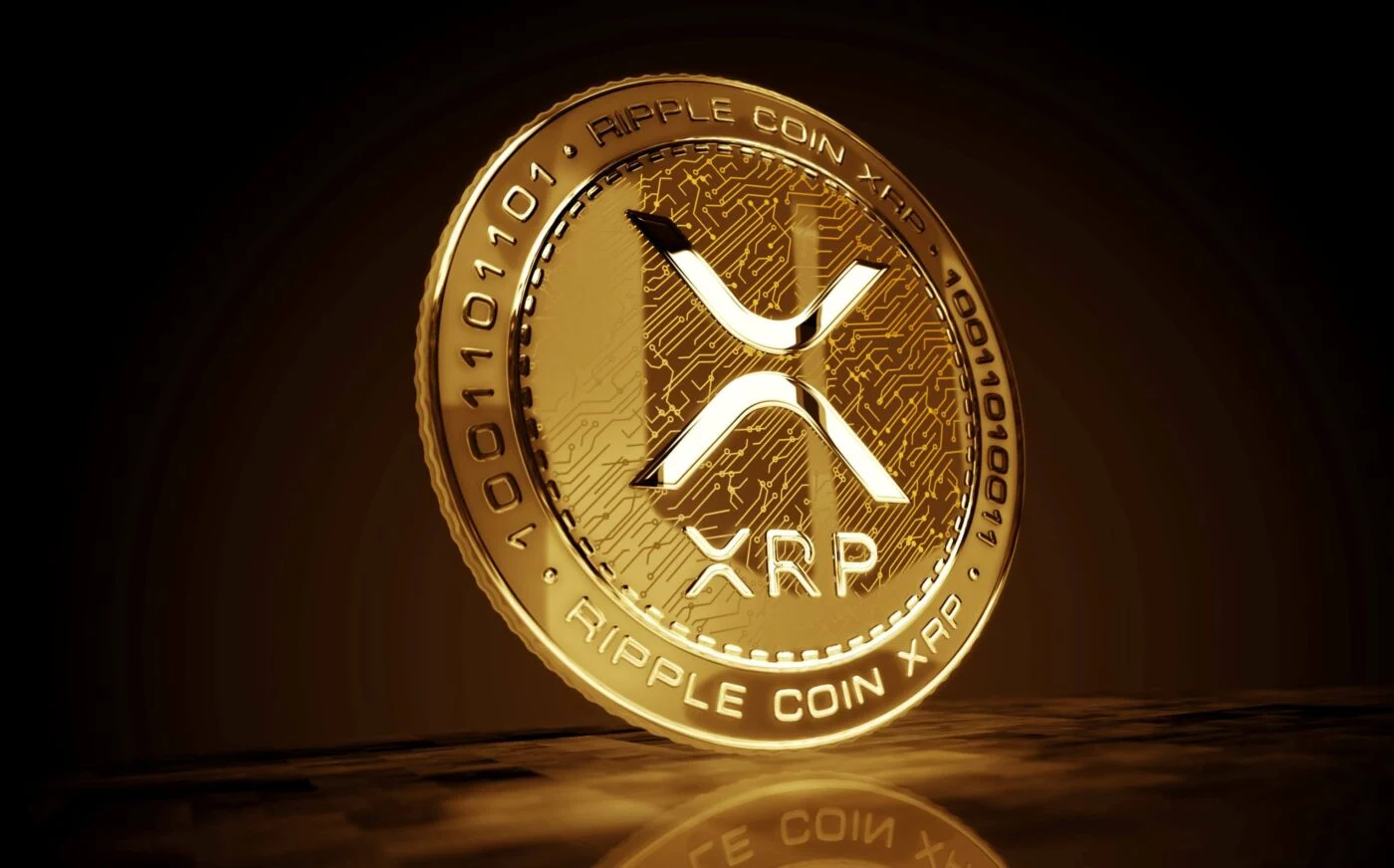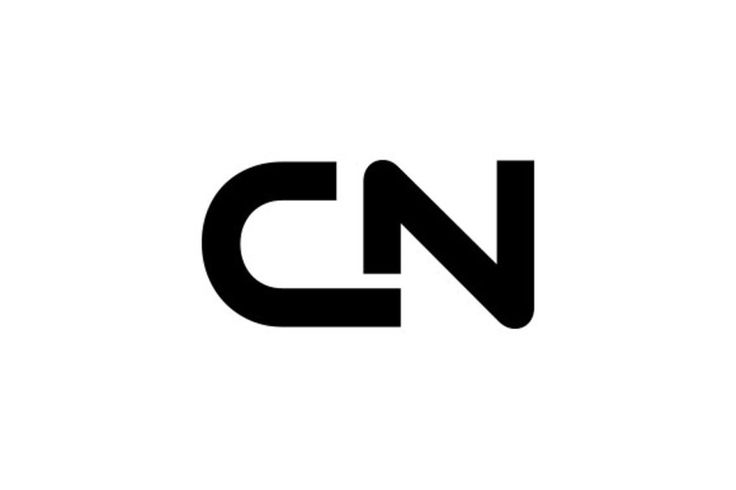🚀 XRP Ledger 2.5.0: Empowering Decentralized Finance with Token Escrow and Enhanced DEX Capabilities

🧾 Executive Summary
The XRP Ledger (XRPL) has unveiled its much-anticipated version 2.5.0, introducing a suite of features designed to bolster its position in the decentralized finance (DeFi) ecosystem. This upgrade brings significant enhancements, including token escrow functionalities, permissioned decentralized exchanges (DEXs), batch transactions, and critical bug fixes. These developments aim to provide developers and enterprises with the tools necessary to build secure, scalable, and compliant DeFi applications.
🔐 Token Escrow: Expanding Asset Management Capabilities
One of the standout features of XRPL 2.5.0 is the introduction of token escrow, enabled by the XLS-85 amendment. This enhancement allows for the locking of various assets, including IOUs and multi-purpose tokens (MPTs), under specified conditions. Developers can now implement time-based or conditional transfers, facilitating use cases such as vesting schedules, deposit management, and decentralized finance applications. By extending escrow capabilities beyond XRP, XRPL enhances its versatility in asset management.
🧾 Permissioned DEX: Balancing Decentralization with Compliance
The XLS-81 amendment introduces permissioned decentralized exchanges (DEXs) to XRPL, enabling issuers to control who can participate in trading activities. This feature is particularly beneficial for institutions and projects operating in regulated environments, as it allows for compliance with financial regulations while maintaining the benefits of decentralized trading. By combining decentralization with regulatory oversight, XRPL positions itself as a viable platform for institutional DeFi applications.
⚙️ Batch Transactions: Enhancing Operational Efficiency
The XLS-56 amendment introduces batch transactions, allowing developers to group multiple operations into a single atomic transaction. This functionality is crucial for enterprises handling airdrops, payroll distributions, or large-scale token distributions, as it reduces transaction costs and enhances operational efficiency. By enabling atomic execution of grouped transactions, XRPL improves the reliability and scalability of decentralized applications.
🛠️ Bug Fixes and Performance Enhancements
Version 2.5.0 also addresses several critical issues to bolster network safety and performance. The AMMv1_3 fix introduces invariant checks to automated market maker (AMM) transactions, preventing violations of XRPL’s safety protocols. The EnforceNFTokenTrustlineV2 amendment ensures that NFTs cannot bypass trustline authorization, tightening asset security. Additionally, the PayChanCancelAfter fix corrects a flaw allowing payment channels to be created with expired time conditions. These improvements contribute to a more secure and efficient XRPL ecosystem.
📈 Institutional Interest and Market Impact
The release of XRPL 2.5.0 has garnered significant attention from institutional players. The CME Group reported that XRP futures have seen rapid traction, with both XRP and Micro XRP futures generating substantial trading volume. Approximately 45% of the trading volume originated from markets outside the U.S. and Canada, indicating a growing global appetite for XRP exposure. This surge in institutional interest underscores XRPL’s evolving role in the digital asset ecosystem.
🔑 Key Takeaways
- Token Escrow: Enables time-based or conditional transfers of various assets, enhancing asset management capabilities.
- Permissioned DEX: Allows issuers to control participation, balancing decentralization with regulatory compliance.
- Batch Transactions: Facilitates efficient handling of large-scale operations, reducing transaction costs.
- Bug Fixes: Addresses critical issues to improve network security and performance.
- Institutional Interest: Indicates growing adoption and confidence in XRPL’s capabilities.





